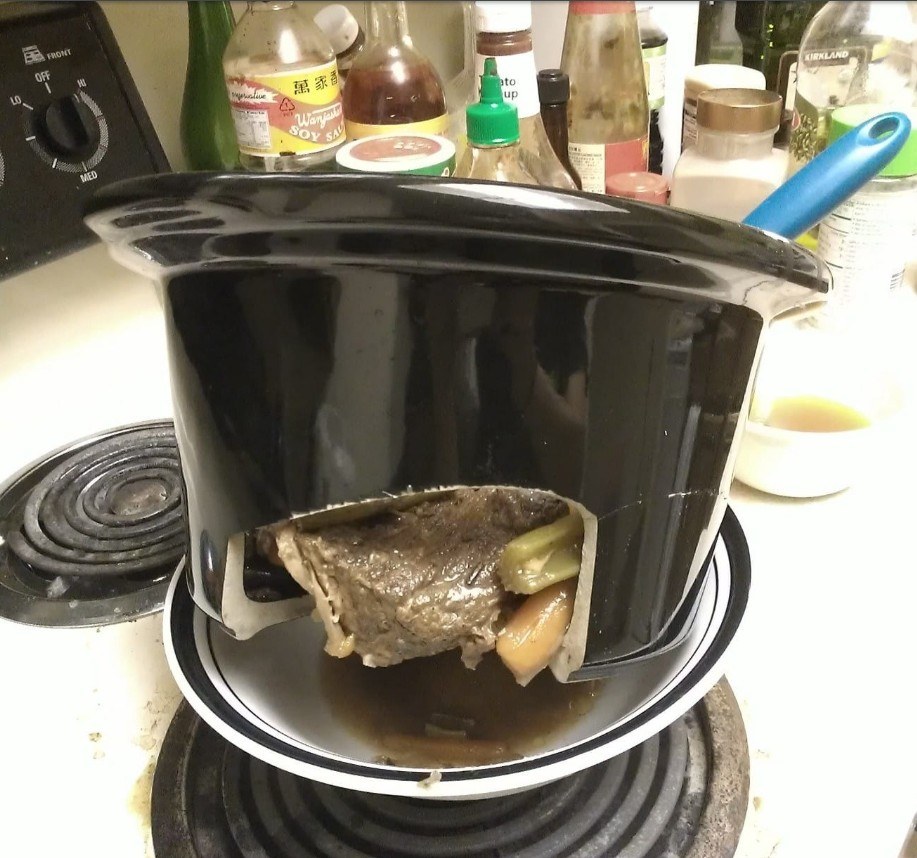✅ Better Option:
Cook pasta or rice separately and add to bowls before serving.
🍝 Pro Tip: Use hearty noodles like egg noodles only if cooking less than 2 hours.
❌ 3. Boneless Chicken Breast
Why: Lean chicken breast dries out easily. After 4+ hours on low, it becomes dry, stringy, and tough.
✅ Better Option:
Use chicken thighs — they’re fattier, more forgiving, and stay juicy.
Or cook breasts for only 2–3 hours on low — then check early.
❌ 4. Delicate Vegetables (Zucchini, Spinach, Peas, Tomatoes)
Why: These veggies break down fast. After hours of simmering, they turn soggy, slimy, or disappear.
✅ Better Option:
Add delicate veggies in the last 30–60 minutes.
🥦 Bonus: They’ll retain color, texture, and nutrients.
❌ 5. Fried Coatings (Breaded Chicken, Onion Rings)
Why: Any crispy coating will turn soggy in the moist slow cooker environment — no crunch left.
✅ Better Option:
Brown breaded items after cooking, or use them as toppings.
🍗 Try: Baking or air-frying breaded chicken to serve over slow-cooked sauce.
❌ 6. Raw Meatballs (Uncooked & Unbrowned)
Why: Raw meatballs can clump together, release too much fat, and become dense or unevenly cooked.
Plus, no fond = less flavor.
✅ Better Option:
Brown meatballs first in a skillet before adding to the sauce.
🍝 Result: Richer taste, better texture, no greasy pool.
❌ 7. Seafood (Fish, Shrimp, Scallops)
Why: Seafood cooks quickly. In a slow cooker, it turns overcooked, rubbery, or falls apart.
❌ Not ideal for all-day cooking.
✅ Better Option:
Add seafood in the last 15–30 minutes — just until opaque and tender.
🍤 Example: Add shrimp to chowder at the end.
❌ 8. Leafy Greens (Kale, Chard, Lettuce)
Why: Greens like kale can hold up okay, but most wilt into a sad, dark pile.
Lettuce? It melts.
✅ Better Option:
Stir in leafy greens during the last 15–20 minutes.
🌿 Bonus: Brightens flavor and adds freshness.
❌ 9. Canned Soup (As a Base)
Why: Many canned soups already contain thickeners, starches, and seasonings.
In a slow cooker, they can become too thick, gloopy, or overly salty.
✅ Better Option:
Next Page

